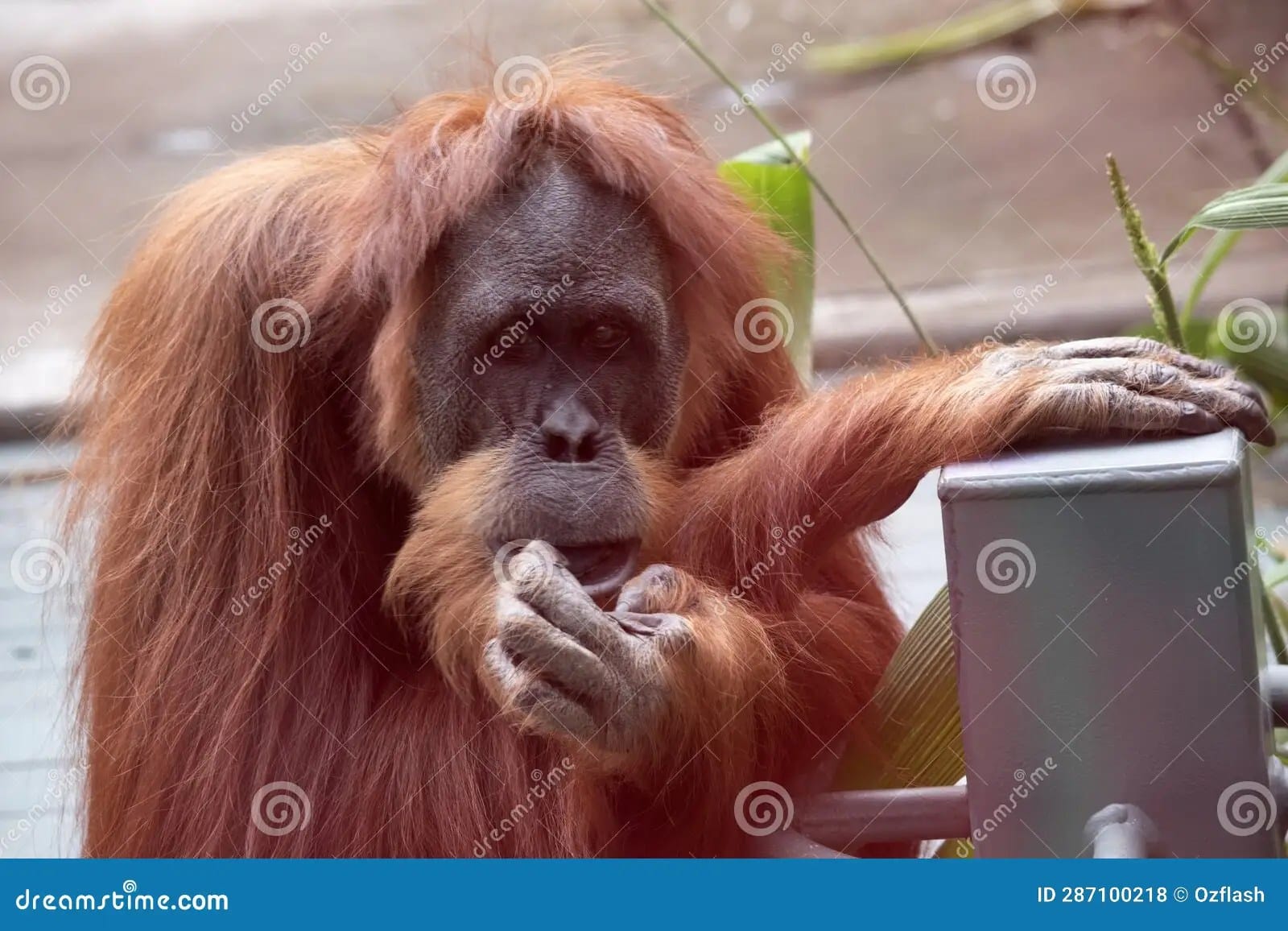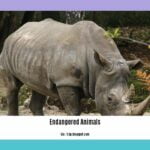High in the emerald canopy of Borneo’s rainforests, a reddish-brown figure moves with surprising grace. This is the orangutan, the world’s largest arboreal mammal—a title that speaks to its remarkable adaptation to a life lived almost entirely in the trees. “Arboreal” simply means tree-dwelling, and these remarkable primates have truly mastered this art. Informally known as “orangs,” these gentle giants play a crucial role in the rainforest ecosystem, yet they face an uncertain future. Join us as we journey into their world, exploring their unique lives and the vital efforts to save them.
A Life Among the Leaves: The Orangutan’s Arboreal Kingdom
Imagine a world of dappled sunlight and swaying branches, where life unfolds high above the forest floor. This is the realm of the orangutan, a creature perfectly designed for life in the canopy. Their long arms, spanning up to seven feet, and hook-like hands and feet act as living grappling hooks, allowing them to navigate the intricate network of branches with remarkable dexterity. This adaptation, known as brachiation, allows them to swing effortlessly from tree to tree, making them the undisputed monarchs of their leafy domain.
Bornean Orangutan: Majesty in the Making
The Bornean orangutan (Pongo pygmaeus) stands as a testament to the incredible adaptability of life. Males of this species can weigh over 200 pounds, showcasing the impressive size achievable by arboreal mammals. Females, while smaller, are still significantly larger than many other tree-dwelling creatures. Their size, combined with their arboreal lifestyle, distinguishes them as the largest tree-dwelling mammals on Earth.
Their physical attributes are a marvel of evolution. Their incredibly long arms, combined with flexible joints and powerful hands and feet, enable them to navigate the complex three-dimensional world of the rainforest canopy with grace and precision. This arboreal specialization is not just about movement; it’s about survival. Their slow, deliberate movements likely minimize the stress on branches, crucial for an animal of their size navigating the treetops. It’s a delicate balance of power and finesse.
Escape the ordinary and discover the pristine beauty of Kaulahao Beach, a world away from the orangutan’s rainforest home, yet connected by the shared need for conservation.
The Orangutan’s Role: A Seed Sower and Forest Architect
Orangutans are not merely inhabitants of the rainforest; they are essential architects of its structure and diversity. As primarily frugivores (fruit-eaters), they play a critical role in seed dispersal. Traveling through the canopy, they consume ripe fruits and scatter the seeds across the forest floor, contributing to the regeneration of plant life and the overall health of the ecosystem. Their dietary preferences and foraging behavior directly influence the distribution and diversity of plant species within the rainforest. They are, in essence, gardeners of the canopy, shaping the very landscape they inhabit.
Shadows in the Canopy: Threats to Orangutan Survival
Sadly, the reign of these gentle giants is threatened. Deforestation, driven largely by the ever-increasing demand for palm oil, is decimating their rainforest home. Imagine your home being bulldozed to make room for a single crop – this is the devastating reality facing orangutans. The conversion of rainforest into palm oil plantations deprives them of their habitat, their food sources, and ultimately, their future.
Illegal hunting and the pet trade further compound the problem. Orangutans are often captured and sold as exotic pets, a cruel practice that tears families apart and decimates wild populations. The combined pressures of habitat loss and illegal activities have pushed these magnificent creatures to the brink of extinction, classifying them as critically endangered.
Explore the unique natural habitat at Kent Island Terrapin Park and reflect on the importance of preserving diverse ecosystems, just as crucial for the terrapins as the rainforest is for orangutans.
Guardians of the Forest: Conservation Efforts and Hope
Despite the daunting challenges, dedicated individuals and organizations are working tirelessly to protect orangutans and their fragile habitat. Reforestation projects aim to restore damaged areas and create new habitats, while anti-poaching patrols combat illegal hunting. Rescue and rehabilitation centers provide sanctuary for orphaned and injured orangutans, offering them a second chance at life and, when possible, a return to the wild.
Scientists are also contributing to the fight for survival. Ongoing research into orangutan behavior, social structures, and communication may reveal further insights into their intelligence and the complexities of their role in the rainforest ecosystem. This knowledge is essential for developing effective conservation strategies.
Beyond the Crossword: Understanding Orangutan Significance
Orangutans are more than just an answer to the crossword clue “largest arboreal mammal, informally.” Their importance extends far beyond their popular recognition. They are a symbol of the biodiversity of our planet, a reminder of the interconnectedness of life, and a call to action. Their survival is intertwined with the health of the rainforest, a vital ecosystem that plays a crucial role in regulating global climate and supporting countless other species.
A Call to Action: Protecting the Giants of the Canopy
The future of the orangutan rests in our hands. By supporting conservation organizations, making sustainable consumer choices (such as opting for products made with sustainable palm oil), and spreading awareness about the plight of these incredible creatures, we can help ensure their survival. Every action, no matter how small, contributes to the larger effort to protect these gentle giants and the rainforest they call home. Their fate is inextricably linked to the choices we make, reminding us of our responsibility to be stewards of the natural world.
- China II Review: Delicious Food & Speedy Service - April 17, 2025
- Understand Virginia’s Flag: History & Debate - April 17, 2025
- Explore Long Island’s Map: Unique Regions & Insights - April 17, 2025
















